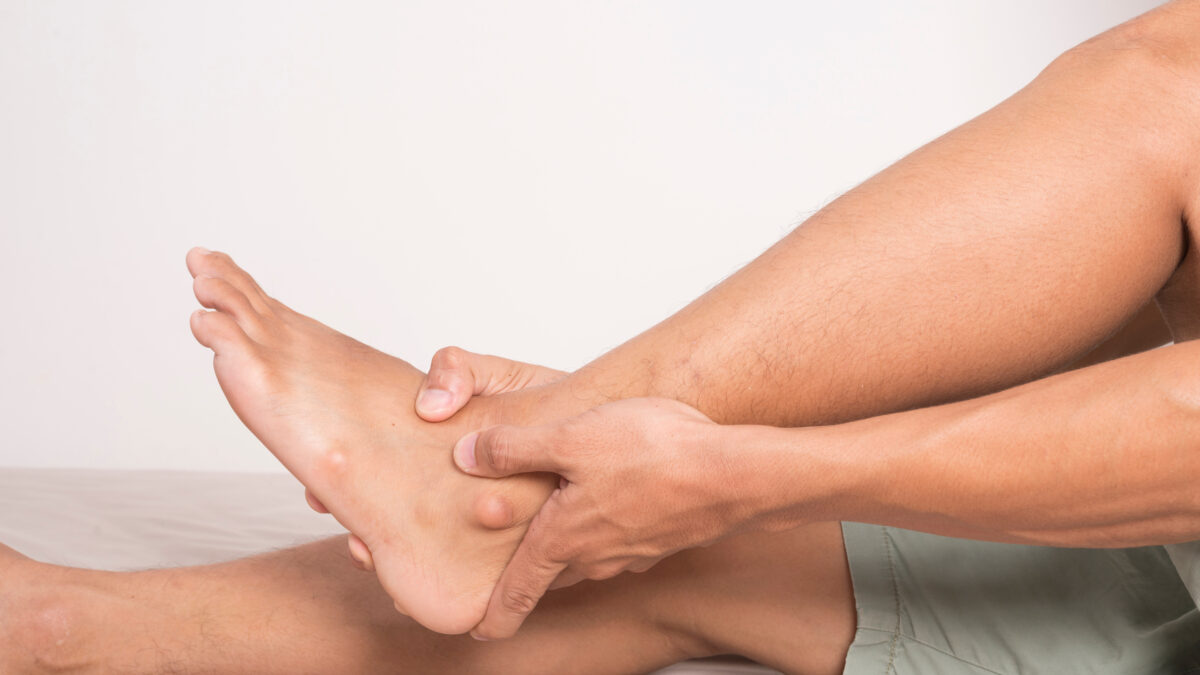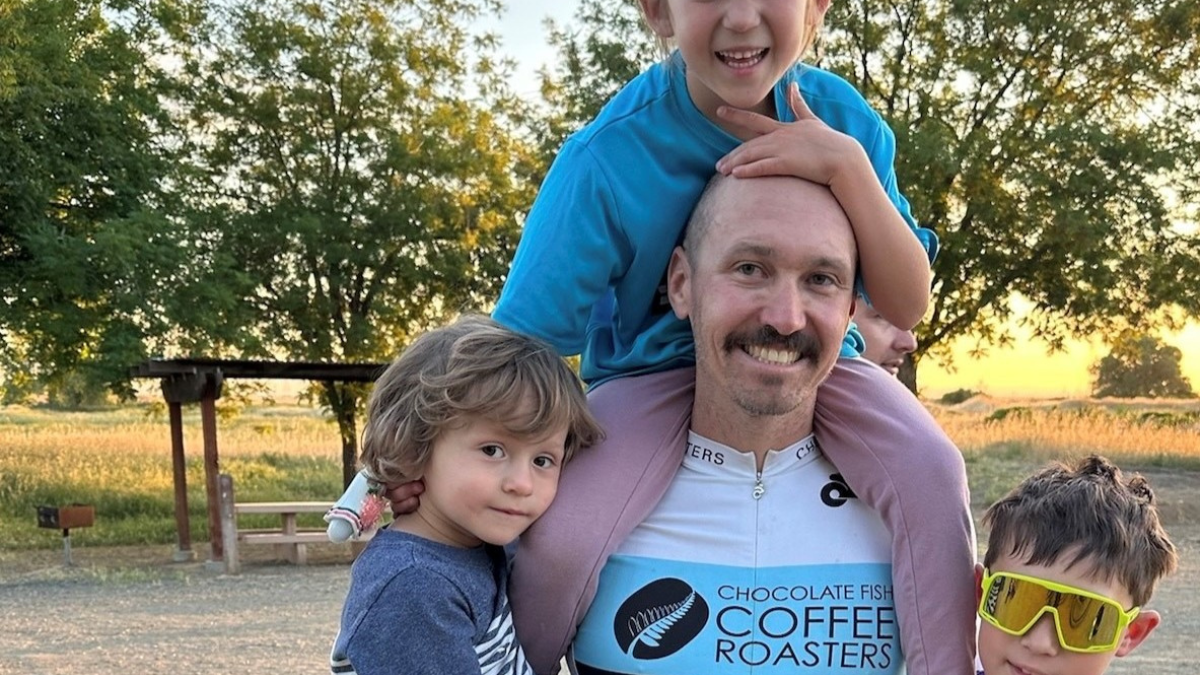September is Pain Awareness Month, a chance to spotlight one of America’s least-recognized causes of chronic pain: gout.
Gout is a form of arthritis that inflicts intense pain and swelling in the joints. For many people, gout makes everyday tasks like climbing stairs or caring for small children virtually impossible.
Gout was once considered an affliction of kings, but rates have more than doubled since the 1960s, with more than 9 million Americans living with the disease. Misconceptions about the condition may lead to embarrassment, and many patients avoid discussing the condition – even with health care providers.
Millions Suffering, Billions Spent
Chronic pain, like that caused by gout, is the leading cause of long-term disability in the United States. Fifty-one million Americans experience chronic pain, often for years at a time.
In addition to upending people’s lives, chronic pain also imposes a high price tag. Between treatments, lost productivity and disability payments, pain costs the country upward of $600 billion annually. Yet research into pain constitutes just 2% of funding from the National Institutes of Health.
Access to Care is an Issue of Equity
Just as concerning, many people do not seek treatment for gout or other kinds of chronic pain. Some people lack insurance or worry about the cost of treatment. Others do not have access to a doctor or live too far from treatment facilities. Some patients harbor so much shame that they suffer in silence rather than share their symptoms with a health care provider.
Disparities in gout diagnoses mirror other trends in chronic pain. Black Americans, American Indians and Native Alaskans are more likely to experience gout and less likely to be adequately treated. Researchers believe this difference is due to social factors and access to care.
People living in rural areas, below the federal poverty line or without steady employment are also more likely to be impacted by pain – and less likely to access treatment.
Hope for Help with Pain
Activists, patients, and patient advocates are educating the public and policymakers about the high human and economic costs of America’s hidden epidemic of pain.
“We’re talking about something that affects millions upon millions of people. It’s an epidemic hiding in plain sight—policymakers and the general public hardly notice it.” Cindy Steinberg, U.S. Pain Foundation’s director of policy and advocacy.
Too few resources are committed to gout and other forms of chronic pain, and too many patients are embarrassed to ask for help. If that stigma and other barriers to access can be overcome, patients can work with a provider to control pain and improve their daily lives.





